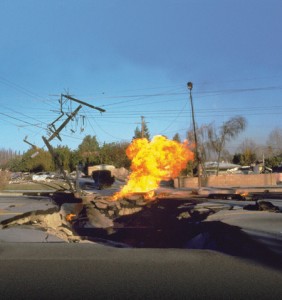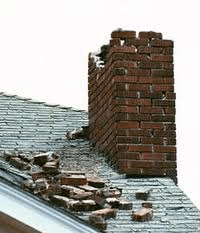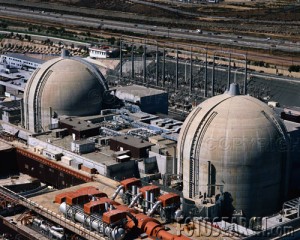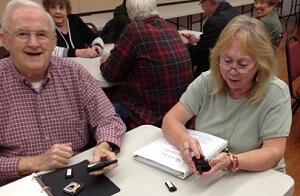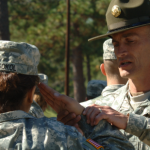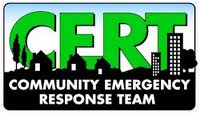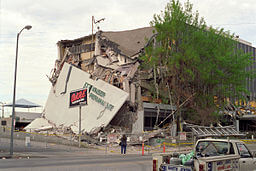Family Communications Plan — An Overview
Timing is everything. Where will you be when the disaster hits?
You can almost assume that when an emergency hits, your family will not be together. Depending on the circumstances, you may not be able to get back together for some time. And whether you get together at home is yet another question.
- Students and teachers may be held in school, perhaps in a locked-down situation.
- Employees may be required to stand by to help protect co-workers as well as the business itself.
- City employees and First Responders are likely to be called into action and kept away from home for hours or days at a time.
- Any family member could be away from the home on travel, shopping, or vacation.
Immediately following the disaster, your concern will be to find out where everyone is, their condition, and the condition of your home. This is natural and normal . . . and without a plan, this difficult period may be far longer and more painful than necessary.
A Plan Speeds Communication
Your plan could contain a number of important steps.
- Sign up to receive emergency communications from your local police department via email or phone. This could give you an important head start.
- Set up an Out-of-Town Contact , someone who:
- Lives out of the immediate area. If local phones are out, getting through to someone via a long-distance connection may be easier.
- Owns a smart phone that can receive a text or SMS message. (SMS = Short Message Service). Of course, any phone is better than no phone.
- Is able to keep track of calls that come in and share info with others. Not all family members are able to do this.
- Create Emergency Contact Cards for every member of the family.
Everyone needs a wallet card that can be carried for identification and that will have the Out-of-Town Contact’s number.
Below is a sample Emergency Contact Card. Include a similar card in backpacks, briefcases and purses.
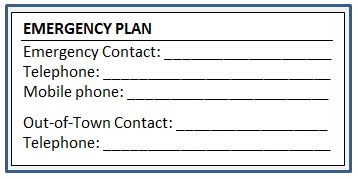
Sample Front of Card
Special for Families with Children
Being separated from parents during an emergency will be an emergency itself for many children. If you have small children, your family plan needs to be more extensive than simply an Out-of-Town Contact name and number.
We recommend that you:
- Review the list of “approved people” that is on file at your child’s school. Should it be expanded?
- Confirm with neighbors or relatives that they are on the “approved list” and be sure they agree to be there.
- Go over the list with your children so they know what to expect in an emergency.
Update your information
Like all contact information, your emergency contact information needs to be regularly updated. Reaching an old, disconnected number may be more upsetting than not having one at all!
NOTE: This Advisory is only an overview. You can find more on what happens to phones in an emergency, which ones are best to have, where to look for missing family members in a wide-spread U.S. disaster, and a suggested agenda for a family meeting about emergency communications on our website. Click here to jump to the three-page Family Communications Plan.



